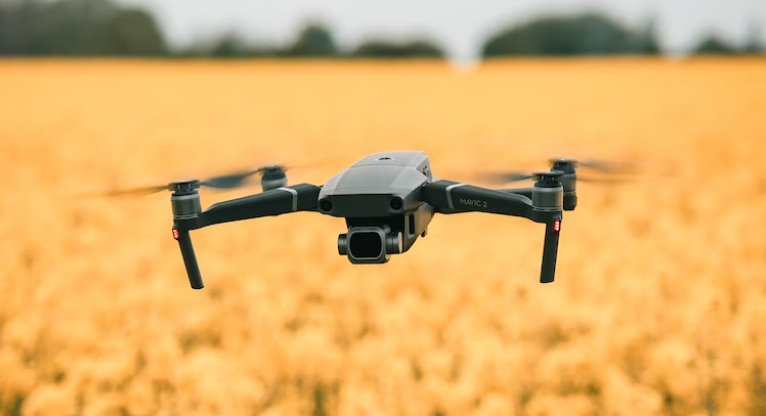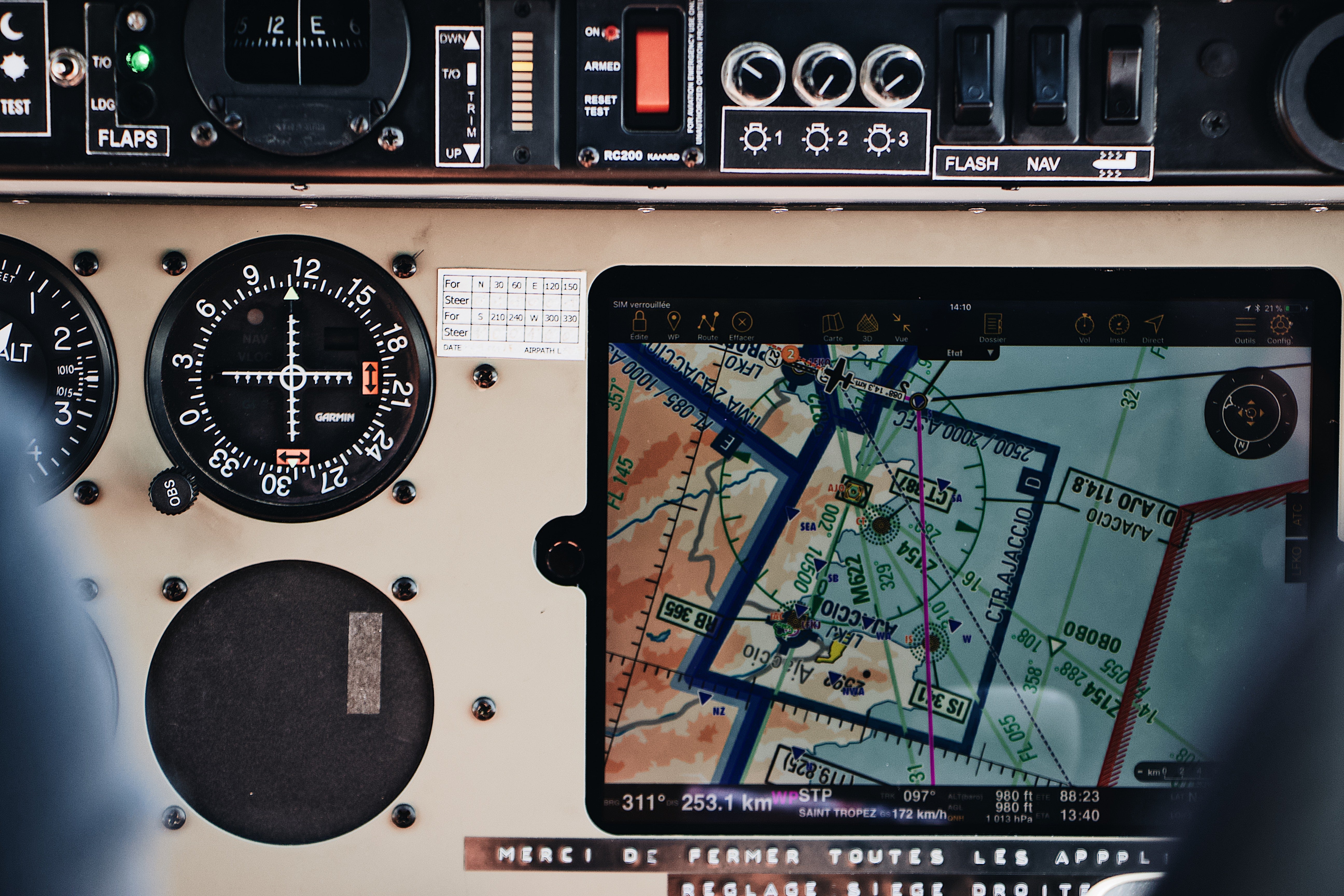The Crucial Role of Drones:
The integration of cutting-edge technologies has had a transformative impact on numerous industries, and agriculture is no exception. Among these advancements, drones have emerged as a game-changing tool, revolutionizing the farming landscape.
By incorporating drones into agricultural practices, farmers now have access to a wide range of benefits, including increased efficiency, enhanced precision, and improved sustainability. This article explores the pivotal role of drones in agriculture and examines how they are reshaping modern farming methods.
Aerial Surveillance and Crop Monitoring:
One of the key advantages of utilizing drones in agriculture is their ability to provide comprehensive aerial surveillance and crop monitoring. Equipped with advanced imaging technologies and high-resolution cameras, drones capture detailed imagery of vast agricultural landscapes.
This imagery allows farmers to monitor crop health, identify diseases, pests, and nutrient deficiencies, and make informed decisions regarding irrigation, fertilization, and crop protection. By detecting issues at an early stage, farmers can take prompt corrective measures, minimizing crop loss and maximizing yields.
Precision Agriculture:
Drones have ushered in a new era of precision agriculture, enabling farmers to precisely target specific areas of their fields with the required inputs. By integrating drones with GPS technology and specialized software, farmers can create accurate aerial maps of their farmland, identifying variations in soil composition, moisture levels, and plant health.
This data empowers them to optimize resource allocation, reducing unnecessary pesticide and fertilizer usage while maximizing productivity. The result is a more sustainable approach to farming, with cost savings and a reduced environmental impact.
Livestock Management:
In addition to their applications in crop-related tasks, drones are proving to be valuable tools in livestock management. They can be utilized to monitor and collect data on livestock behavior, track grazing patterns, and identify potential problems like injured or missing animals.
Drones equipped with thermal imaging cameras are particularly useful in detecting variations in body temperature, which can indicate potential health issues in individual animals or the entire herd. By providing real-time insights, drones enable farmers to make proactive decisions, ensuring the well-being and productivity of their livestock.
Seed Planting and Crop Spraying:
Traditional manual seed planting and crop spraying methods were labor-intensive and time-consuming. Drones have revolutionized these practices by automating and streamlining the processes. Drone technology enables precise seed distribution, ensuring optimal spacing and minimizing waste.
Similarly, drones equipped with sprayers can deliver targeted applications of fertilizers, pesticides, and herbicides, reducing chemical usage and minimizing human exposure. This level of precision not only saves time but also promotes sustainable farming practices and reduces overall input costs.
Irrigation Management:
Efficient irrigation management is crucial for maximizing crop yield and conserving water resources. Drones play a vital role in this regard by assessing crop health and moisture levels across fields.
With the help of multispectral sensors, drones can detect variations in plant water stress and provide valuable data to optimize irrigation schedules and target specific areas for watering. This data-driven approach not only enhances water use efficiency but also reduces the risk of over- or under-watering, leading to improved crop quality and increased yields.
Conclusion:
The integration of drones in agriculture has brought about a transformation in farming practices, opening up new possibilities and addressing long-standing challenges. Aerial surveillance, precision agriculture, automated seed planting, crop spraying, livestock management, and irrigation management are just a few examples of the areas where drones have demonstrated their immense potential.
By harnessing the power of drone technology, farmers can make
informed decisions, improve efficiency, reduce costs, minimize environmental impact, and ultimately achieve higher yields. As drones continue to advance and become more accessible, their importance in agriculture is set to grow, paving the way for a sustainable and productive future in farming.



